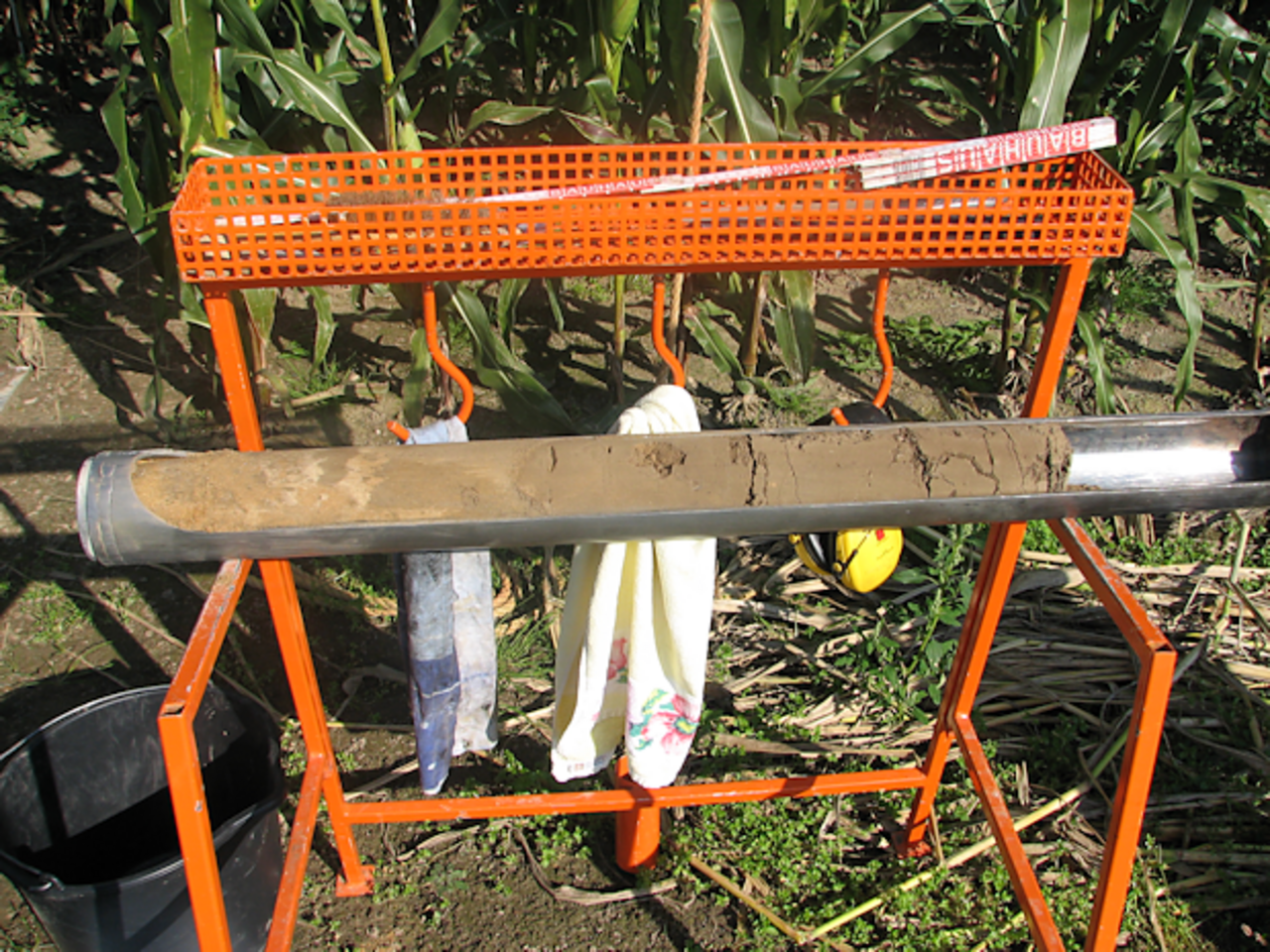Project
Comparison of root growth of maize and sorghum under climate change

Experimental and modeling studies on the interaction of drought and elevated atmospheric CO2 concentrations on root growth of maize and sorghum
Sorghum is a C4 crop adapted to warm growing conditions and has a high growth potential under restricted water availability due its high water use efficiency. Thus, this plant might be an alternative bioenergy crop to maize especially under future climate conditions with increasing summer drought in Europe. However, root growth and the processes related to the acquisition of water have not yet been investigated for Sorghum under the climatic conditions in Central Europe. Moreover, the interaction with elevated atmospheric CO2 concentrations has not yet been studied.
Background and Objective
In this project root growth will be studied in sorghum and maize grown under different water supply and with ambient and elevated CO2 concentration as expected at the end of this century. Experimental data will be used to develop models for root growth of the two plant species, which can be used to predict water uptake and water limited biomass production under changed climatic conditions in the future.
Approach
Sorghum and maize are cultivated on the FACE-field site of the Thünen-Institute under different CO2 and water supply. In addition both crops are grown at Kiel to assess the influence of temperature on root growth.
Data and Methods
Root growth will be determined by taken soil sample and by using Minirhizotrons. Data are used for the development of models for root growth, which can be used to estimate the water uptake under climate change.
Our Research Questions
Does the root system of maize and sorghum vary
- in temperature sensititivity of root growth
- in rooting depth
- in root/shoot ratio
- in the response of root growth to soil drought with ambient and elevated CO2 concentration
Results
The 'Sorghum cultivars used in this study had a more branched and deeper root system as compared the maize cultivar. This advantage of sorghum existed also under elevated CO2 and drought conditions. Moreover, CO2 enrichment decreased root length density in the top soil layer, and had a positive effect in deeper soil layers.
Involved external Thünen-Partners
- Christian-Albrechts-Universität zu Kiel
(Kiel, Deutschland)
Funding Body
-
Deutsche Forschungsgemeinschaft (DFG)
(national, öffentlich)
Duration
5.2011 - 4.2014
More Information
Project funding number: KA 3046/7-1
Project status:
finished

![[Translate to English:] [Translate to English:]](/media/_processed_/e/3/csm_Demetra2_c8a192c0f8.jpg)
![[Translate to English:] [Translate to English:]](/media/_processed_/e/2/csm_Demetra1_Panorama_8557ee3b13.jpg)





